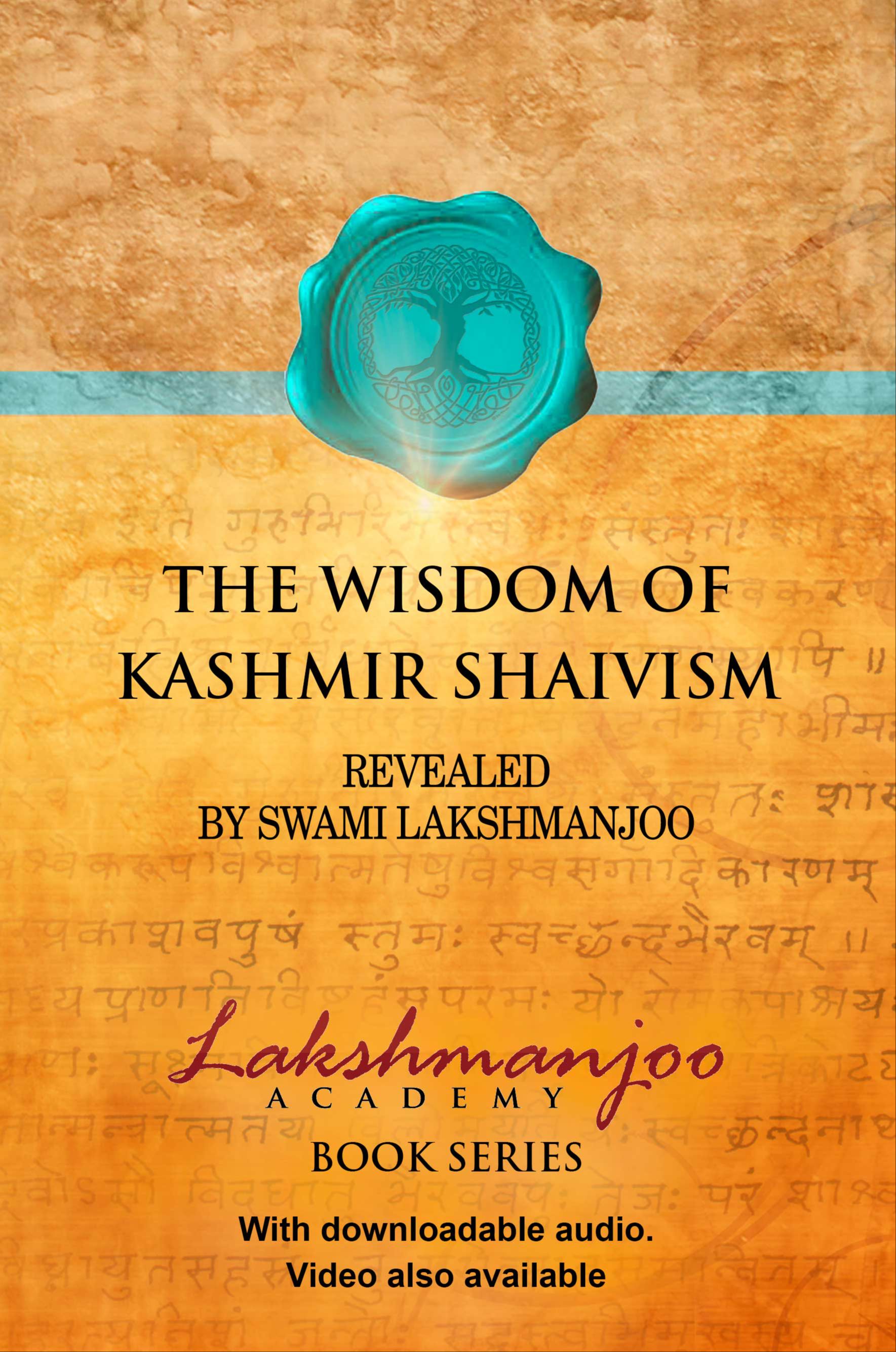
In Kashmir Shaivism, there are three states of awareness which Swami Lakshmanjoo explains here: first from the ordinary person's point of view, and then from the yogic point of view.
This is an excerpt from the Shiva Sutras: The Supreme Awakening, by Swami Lakshmanjoo, first awakening verses 8-10.

Now he explains this jāgrat (wakefulness), svapna (dreaming), and suṣupti (dreamless sleep) in three sūtras…
8. jñānaṁ jāgrat //
External organic knowledge constitutes
the waking state.
External organic knowledge (jñānam) is not knowledge of the self; it is dualistic knowledge.
9. svapno vikalpāḥ //
Internal perceptions and thoughts comprise
the dreaming state.
The Sanskrit word vikalpāḥ means “internal perceptions.” If internal perceptions are found in the waking state, it is also dreaming (svapna).
10. aviveko māyāsauṣuptam //
Forgetfulness and the negation of awareness is the dreamless state or māyā.
That which is the object of everyone, because it is from the external organic world, comprises the waking state (jāgrat).
Those objects which are created in one’s own mind and become perceptions of only one individual constitute the dreaming state. In the dreaming state, thought is predominant.
And when you are absolutely unaware, unable to differentiate your being—not being present where you are—this ignorance, this negation, is the state of deep sleep. This state is one with māyā. It makes you absolutely deluded about your nature. So, although it is the dreamless state (suṣupti) that is explained here, you must understand that the state of māyā, which must be discarded, has the same explanation.
Up to this point, we have explained the three states of consciousness, waking, dreaming, and deep sleep. You must now understand that each of these states contains three additional states. Thus in the waking state there are three states, in the dreaming state there are three states, and in the state of deep sleep there are three states. And these three additional states are also waking, dreaming and deep sleep. So there is waking in wakefulness, dreaming in wakefulness and deep sleep in wakefulness.
You must know that in the waking state, whenever you find that there is external organic knowledge, that is wakefulness in the waking state. When there are only thoughts in the waking state, that is dreaming in the waking state and when there is unawareness (moha), the negation of your self, in the waking state that is deep sleep in the waking state.
These three states also exist in the dreaming state. When, while dreaming, there is some subjective knowledge and you are conscious of dreaming, feeling that you are dreaming a dream, that dreaming state is called wakefulness in the dreaming state. When, while dreaming, you are given completely to perception without any awareness of that subjective consciousness, that is the dream state within a dream. And when these dreams are not remembered at all, that is the deep sleep state within a dream.
Now, take the state of deep sleep. Where can wakefulness be found in the deep sleep state? Where can wakefulness exist when there is the absolute negation of thoughts and awareness? Although thought does not exist in the state of deep sleep, there is a point before entering the state of deep sleep where one feels that he is going to get complete rest. This is wakefulness in the deep sleep state. When the impressions of the deep sleep state remain, causing one to think upon waking that he was sleeping and does not know anything, this is dreaming in the state of deep sleep. In the dreaming state of deep sleep, there are impressions and there are thoughts of these impressions, but these are not gross thoughts. Rather, these are thoughts held in a subtle way. They are thoughts in the state of impressions. The completely thoughtless state is deep sleep in the state of deep sleep.
Now we will analyze these three states: waking, dreaming and deep sleep from the yogic point of view.
When a yogī is completely one-pointed in meditation (dhāraṇā), that is the waking state. Here the yogī is aware at the beginning of meditation that he is meditating and he is one-pointed about meditating. This is active, not passive,31 meditation. For yogīs, the state of meditation is called wakefulness because here the yogī is given to one-pointedness.
When one-pointedness is breaklessly maintained as the continuity of one thought, that, for the yogī, is the dreaming state. For the yogī, this state of dreaming is higher than wakefulness. And, for yogīs, higher still is the state known as deep sleep. This state exists when both the state of objectivity and the state of subjectivity instantly vanish. This is samādhi, the thoughtless state of consciousness, and it is deep sleep for yogīs.
This is why in Mālinī Vijaya Tantra the three states—wakefulness, dreaming and deep sleep—are shown one in another. In the waking state, there is wakefulness; in the waking state there is dreaming; and in the waking state there is deep sleep. Also in the dreaming state as well as in deep sleep there is wakefulness, dreaming and deep sleep.
Also from the yogic point of view it is explained:
Abuddha is the state of wakefulness in wakefulness. Buddha is the state of wakefulness in dreaming, prabuddha is the state of wakefulness in deep sleep. And suprabuddha is the state of wakefulness in the fourth state (turya).
So these threefold states, waking, dreaming and deep sleep, are explained from the worldly point of view and the yogic point of view.
____________
31. In passive meditation, when you sit for meditation you may sit and think of someone else. When you sit for meditation, you must sit with consciousness. That is active meditation.






